The Cultural Landscape Foundation (TCLF) has named Beijing-based landscape architect Kongjian Yu as the 2023 recipient of the Cornelia Hahn Oberlander International Landscape Architecture Prize. Yu is a championed landscape designer best known for “sponge cities”, a project he started in his homeland China in response to urban flooding. TCLF notes that Yu’s been called the “Olmsted of China” for his contributions to the field of landscape architecture.
The Oberlander Prize was established in 2019 in the name of the Canadian landscape architect Cornelia Hahn Oberlander. It is run by the TCLF and recognizes a landscape architect for their contributions to the practice of landscape architecture with a $100,000 award and two years of public engagement activities. The prize’s first recipient was Virginia-based landscape architect Julie Bargmann. Like Bargmann, Yu will be filmed for a Pioneers video oral history and his works will be added to TCLF’s What’s Out There® database. The jury for the 2023 iteration of the prize was announced in March and included Elizabeth Mossop, Christian Benimana, Consuelo Bravo, Adriaan Geuze, Jane Wolff, Kotchakorn Voraakhom, and Leonard Ng Keok Poh.
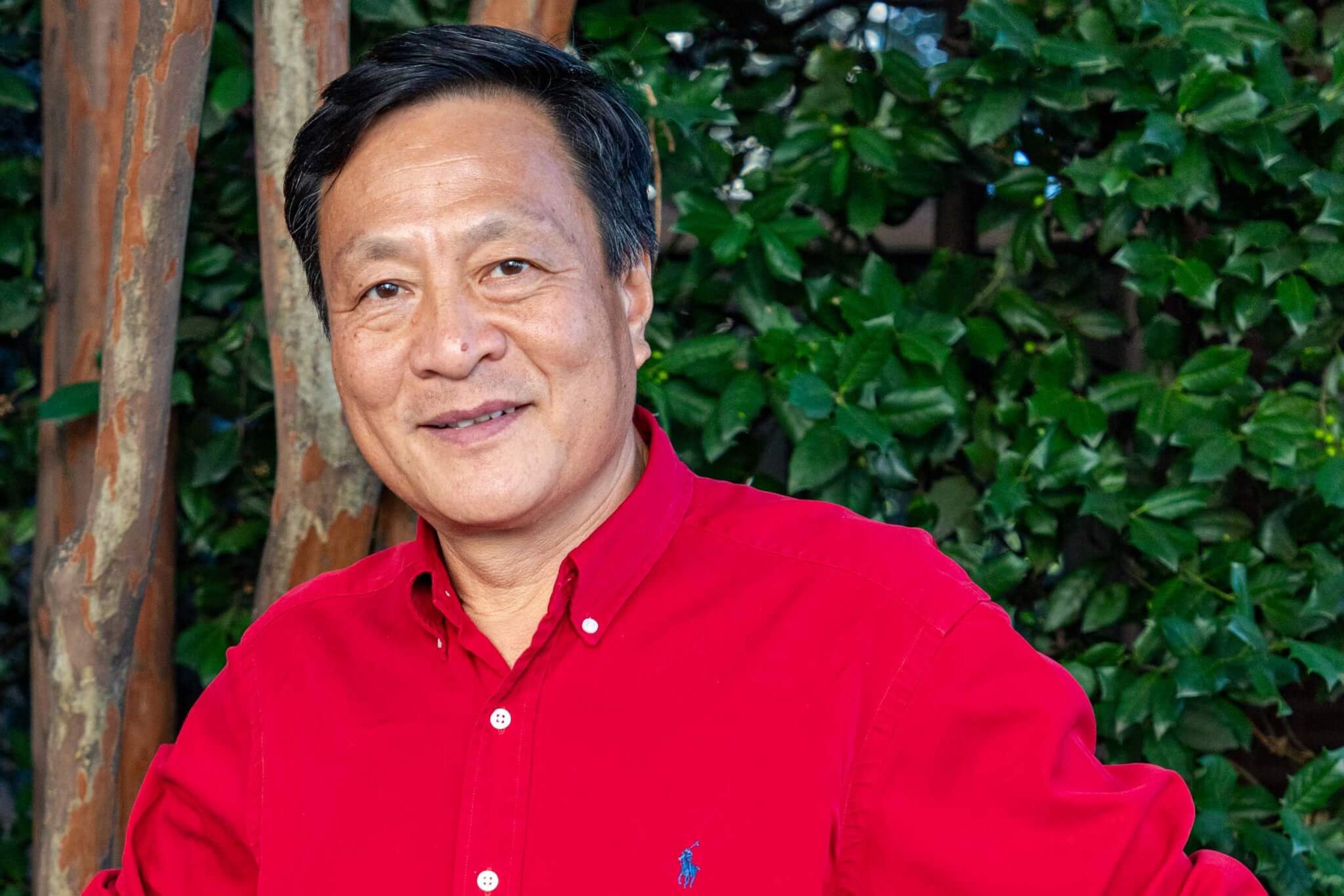
In addition to practicing landscape architecture, at his firm Turenscape, Yu is also the founder of the Graduate School of Landscape Architecture, and the College of Architecture and Landscape Architecture at Peking University. When the masters program started it had three students; today, it has graduated over 1,200 masters and doctoral students. After Yu received his own doctoral degree, he worked with SWA Group in Laguna Beach, California, eventually returning to China, where he cemented his career as a landscape designer deeply passionate about saving urban ecologies.
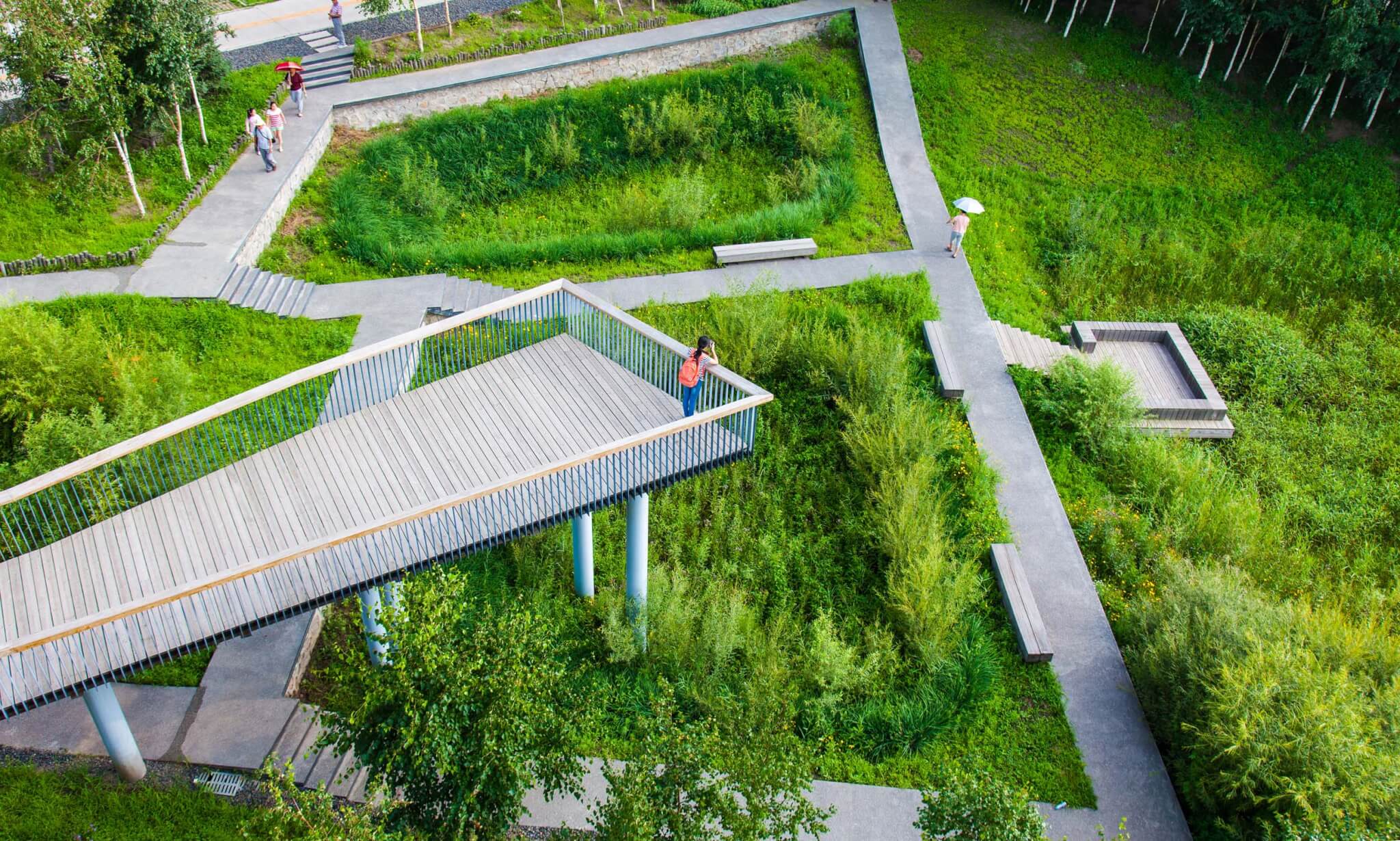
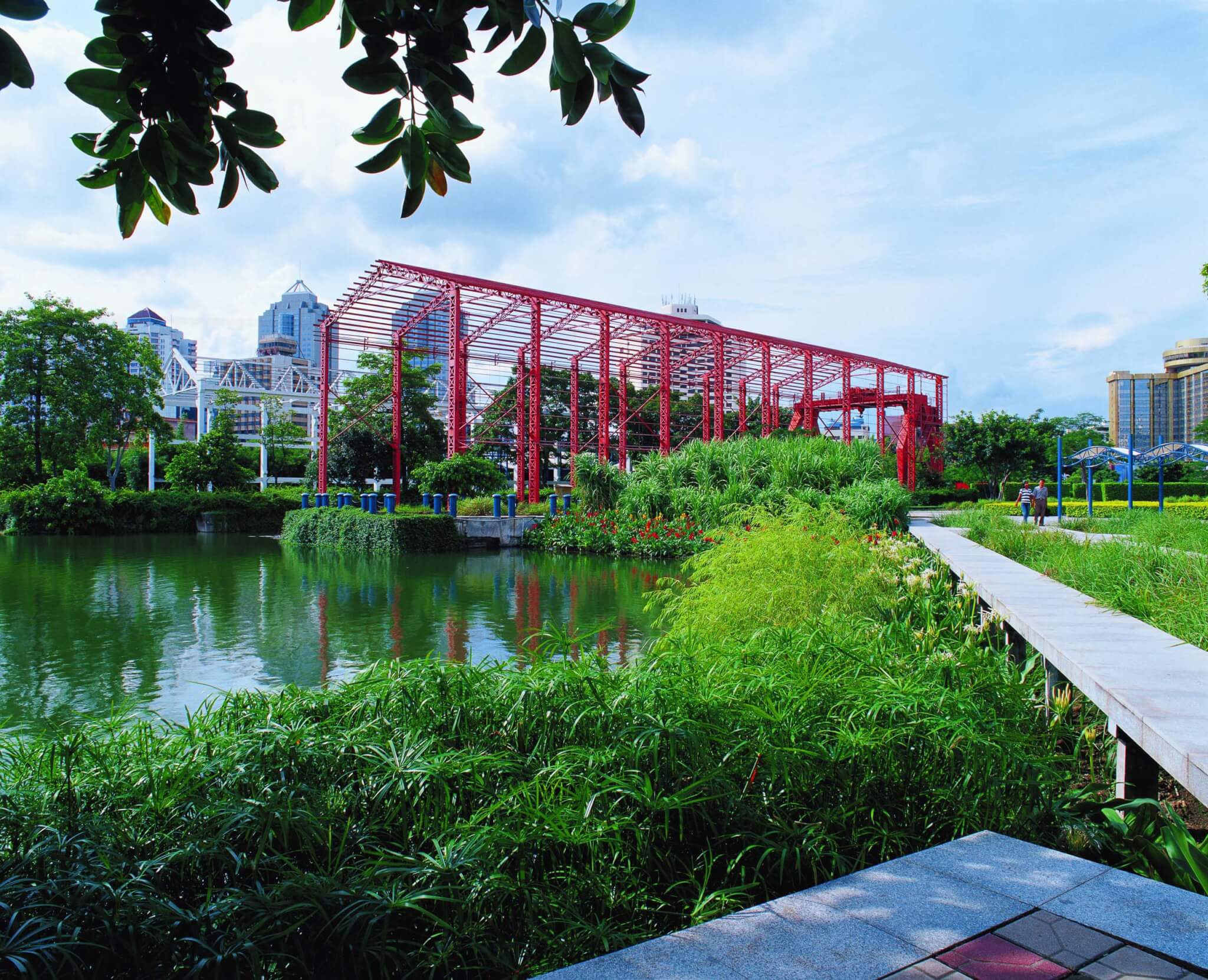
“Kongjian Yu has achieved the extraordinary,” said TCLF President and CEO Charles A. Birnbaum in a statement. “He is a landscape architect whose design philosophy and concepts, which interweave nature and culture, and are committed to design excellence, have been adopted as national policy in one of the world’s largest and most populous nations – that has international implications and global impact.”
Yu’s interest in landscapes and nature stems back to his childhood in China where he grew up nearby a forest and creek. Later, he worked as a farmer where he observed the destruction of these landscapes numerous times with pesticides and the construction of “grey infrastructure” or dams that stunted waterflow and local irrigation networks.
“The destruction of my own paradise is what makes me think that we need a revolution,” Yu said in a recent interview.
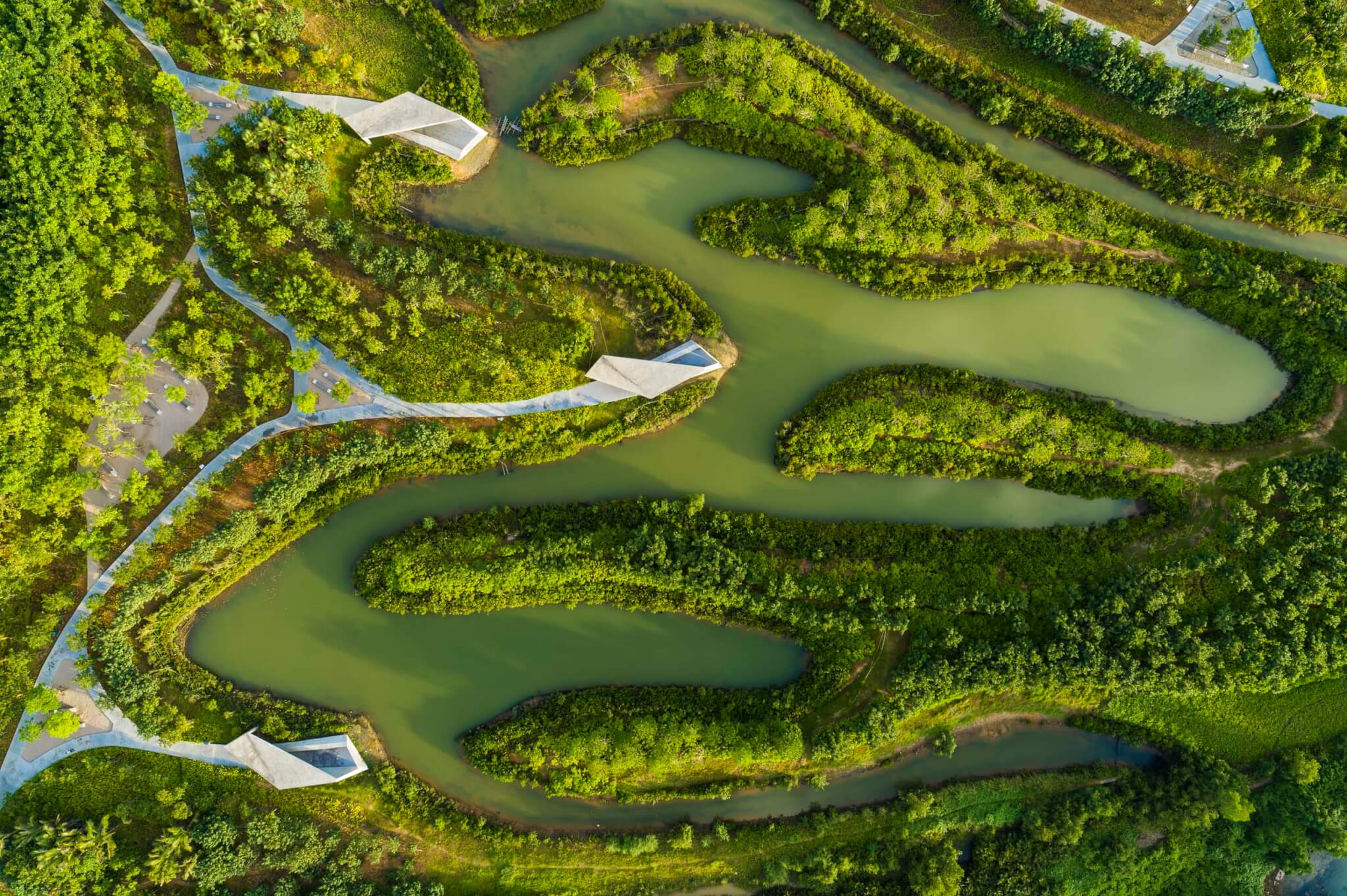
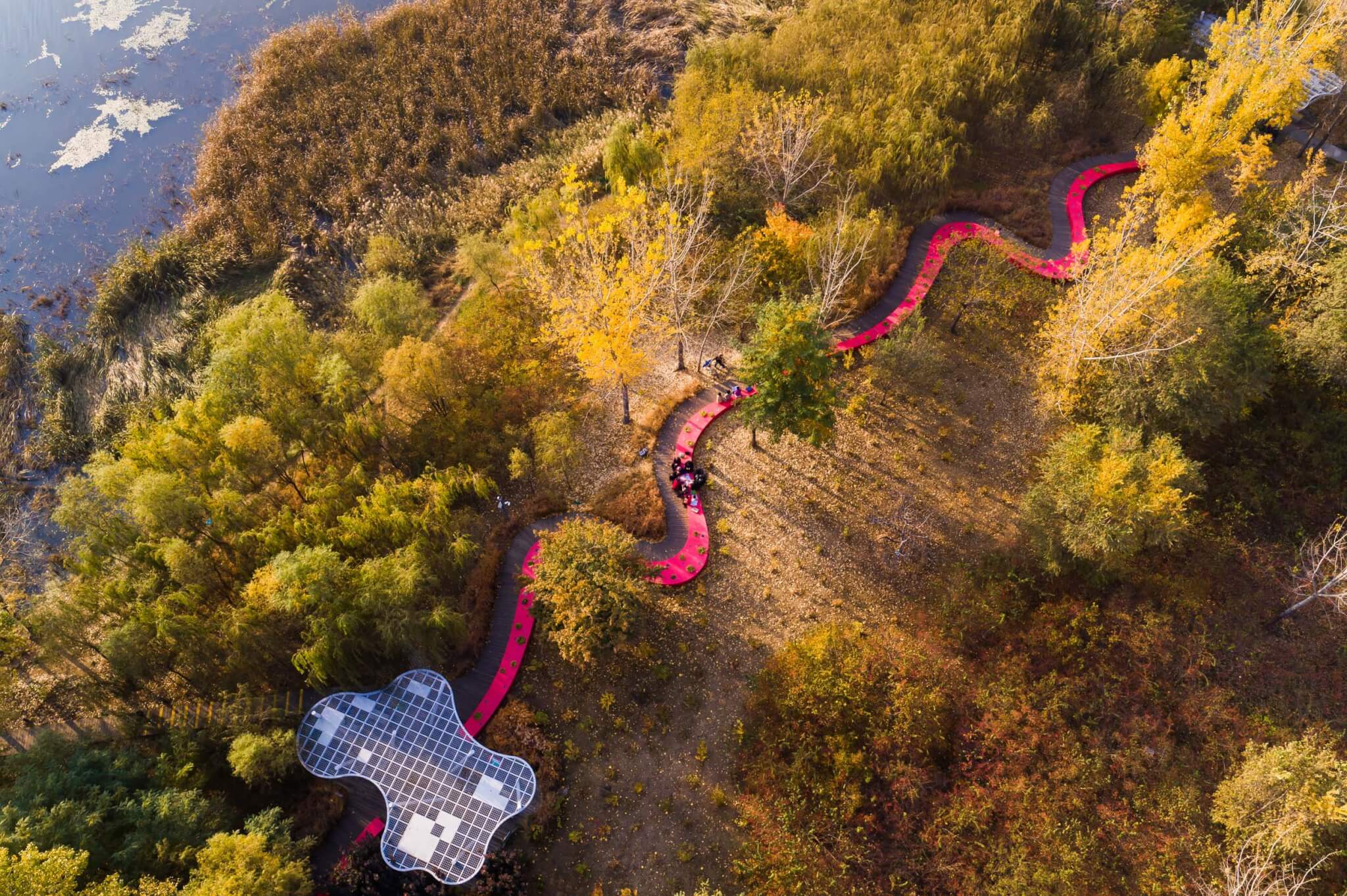
Yu initiated this revolution with his “sponge cities.” The concept addresses urban flooding using large-scale nature-based infrastructure, among this constructed wetlands, greenway parks, canopy trees, rain gardens, green roofs, dams, all of which act as “sponges” to soak up and store rainfall. The idea was adopted by China in 2013 and has since been implemented in 70 cities across the country. The hope is that by 2030, 80 percent of cities in China will have the means to absorb 70 percent of their rainfall.
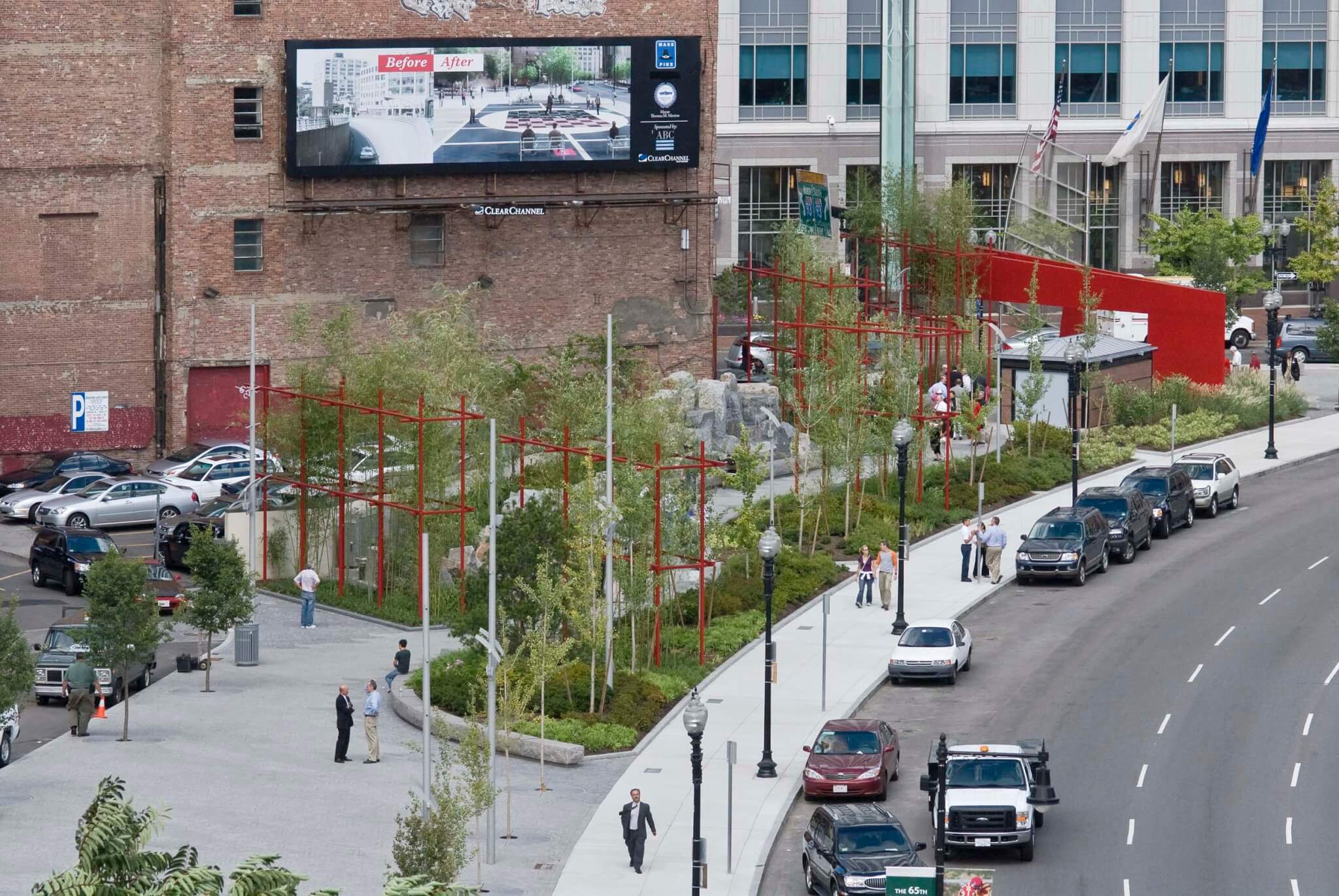
In his career so far, Yu has around 600 realized projects in over 200 cities worldwide. These include the Qunli Stormwater Park in Haerbin City, one of the first built “sponge cities”; the Zhongshan Shipyard Park in Zhongshan, China built over a defunct shipyard; and more recently the Benjakitti Forest Park in Bangkok, transformed into an expansive green space from its past as a former tobacco factory.
Yu has also designed parks in the U.S. These include Boston’s Chinatown Park, a public space that replaced part of a six-lane highway; and the Hing Hay Park in Seattle, most notable for its red gateway which takes cues from the Asian practices of paper cutting and folding.
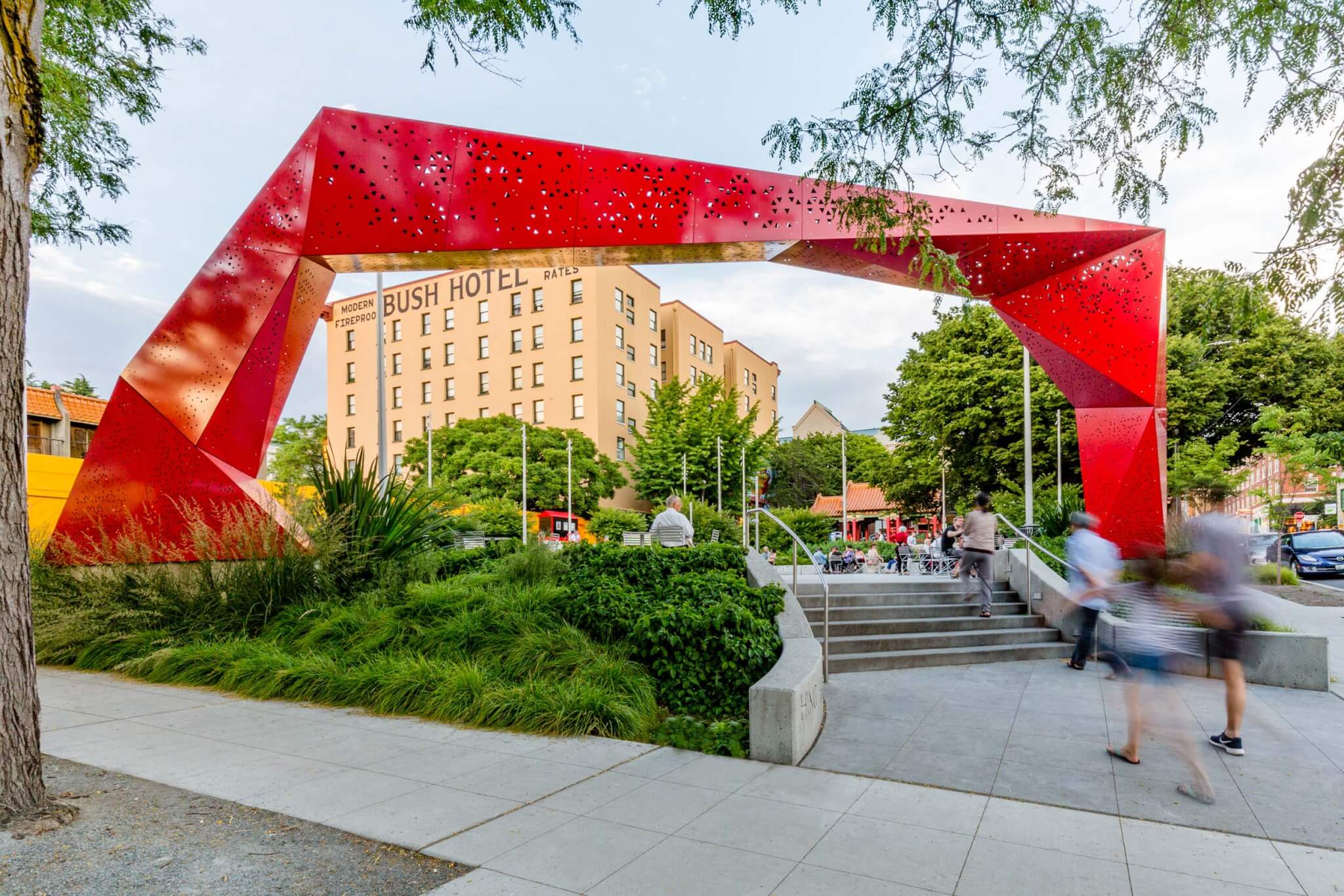
“He lives and breathes his conviction that landscape architecture is the discipline to lead effective responses to the climate crisis,” added Birnbaum. “And his ideas are inspiring planners and decision makers in Australia, Bangladesh, Canada, Denmark, Egypt, England, India, Indonesia, Kenya, Mexico, The Netherlands, New Zealand, Russia, Singapore, South Africa, Sweden, and elsewhere.”











